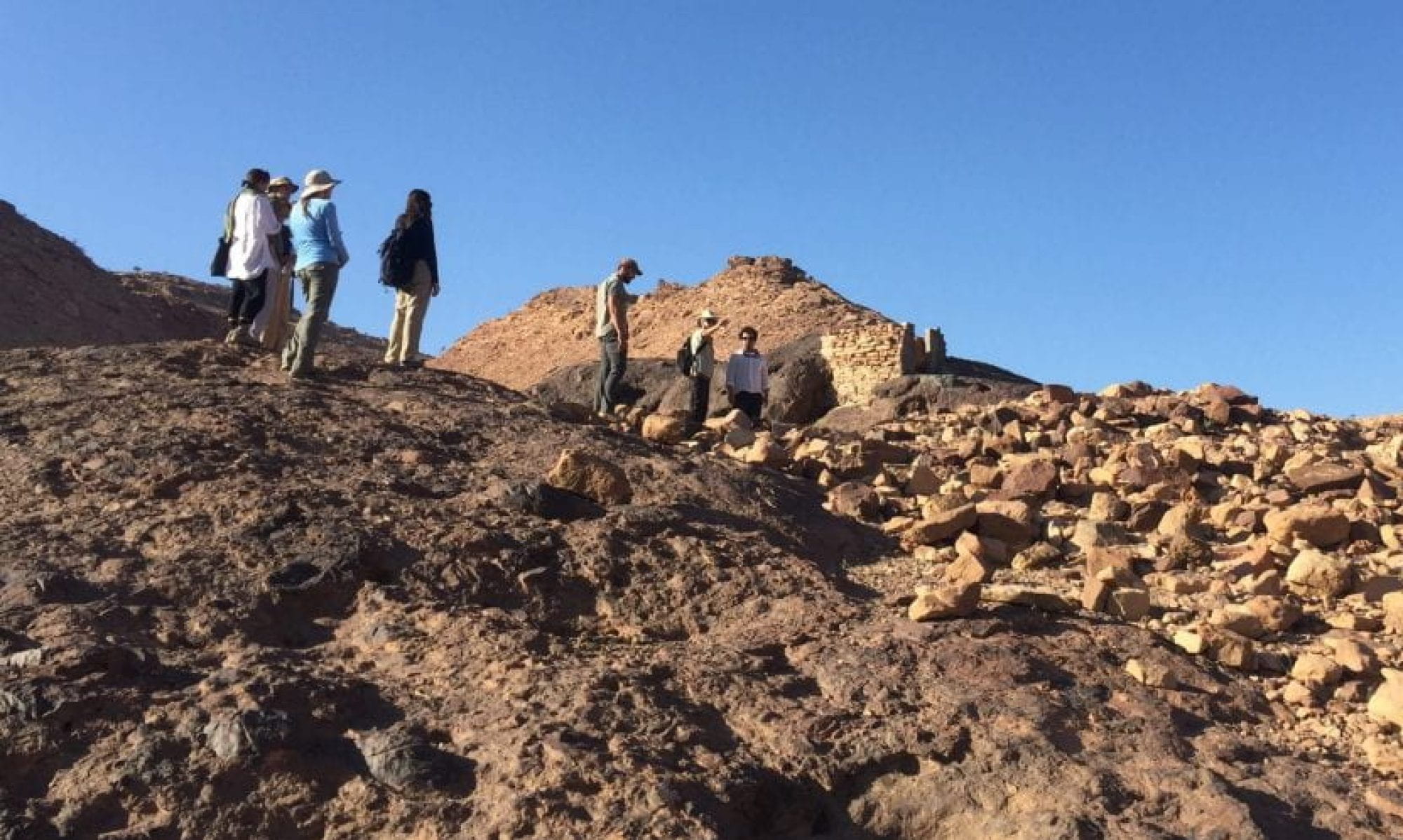UTRA OVERVIEW:
Four Brown undergraduate students were awarded UTRA grants in Spring 2008 for the Material Matters! project, a ten week summer research undertaking that encompasses archaeological fieldwork and materials science labwork. The selected students represent a diverse range of concentrations and interests, including Engineering, Archaeology, Ancient Studies, Math, Architectural Studies, and Glassblowing. This UTRA project was designed and is supervised by Dr. Susan Alcock (Archaeology), Dr. Krysta Ryzewski (Archaeology & Engineering), Dr. Brian Sheldon (Engineering), and PhD student Carolyn Swan (Archaeology). Please explore the students’ individual research projects through the links below.
UTRA background: The Karen T. Romer Undergraduate Teaching and Research Awards (UTRAs) fund collaborative projects students undertake with Brown faculty. The awards are named for the legendary dean who launched the program at Brown in the 1980s. UTRAs provide students with opportunities to work closely in research situations with faculty members, to participate integrally in the process of course development and revision, and thereby to experience first-hand the work of the college. These collaborative projects can benefit students in several important ways: by providing valuable academic training; allowing students to test their interest in pursuing an academic career; and contributing directly to research and curricular development.” (quoted from the Brown University website; for more information click here)

RESEARCH STRUCTURE:
Each student will
- be matched with a research topic
- learn to prepare samples for analysis
- learn particular analytical methods (SEM-EDS, XRF, XRD, etc.)
- learn to interpret analytical results with the aid of comparative data and published works
- produce a short report of research and a poster for UTRA presentations
RESEARCH GOALS:
- Recover material from the archaeological record: explore artifact and site relationships (context, stratigraphy, features).
- Examine provenance: where the raw materials and finished products originated (stone quarries, volcanic flows, clay beds, ore bodies, etc.).
- Learn how materials were made: techniques of manufacture, raw materials, conditions of production, etc.
- Learn about design and quality: assess strengths and weaknesses of material properties.
- Experimentation: using materials science techniques to answer archaeological questions.
- Examine significance: use materials science data to address issues of historical/anthropological concern (resource procurement, environmental impact, design and crafting techniques, trade and exchange networks, social activities and relationships, etc.).
- Explore relationship between “New World” and “Old World” materials: these broad comparisons (e.g. between Colonial America and the Classical Mediterranean) are designed to acquaint students with materials science techniques and to generate basic, but fundamentally important, archaeological/materials science data for future studies.
STUDENT WORK:
- Individual Projects:
- Andrew Bearnot – Glass:
- Ashley Greene – Ceramics:
- Jonathan Migliori – Lithics:
- Noah Wiener – Mortar & Plaster
- Group Projects:
RESOURCES:






